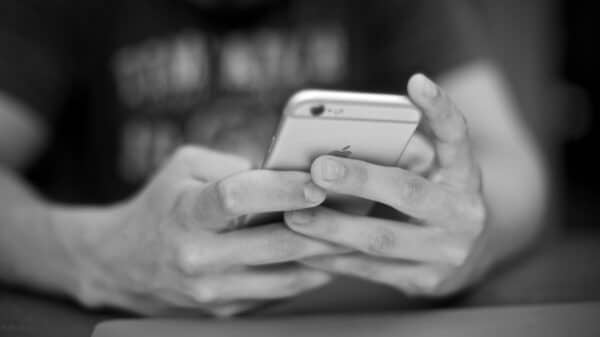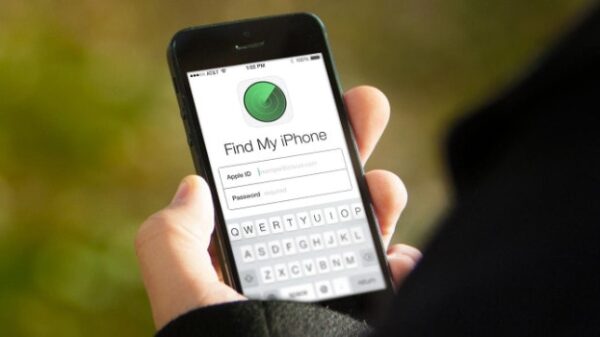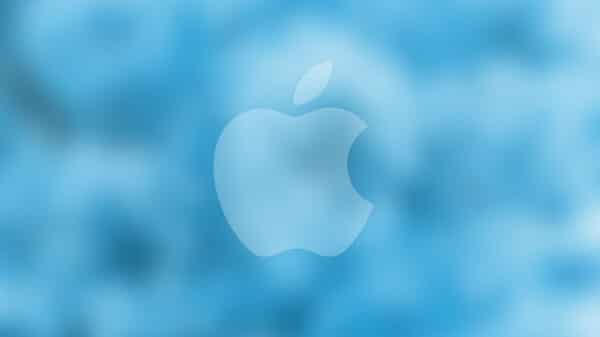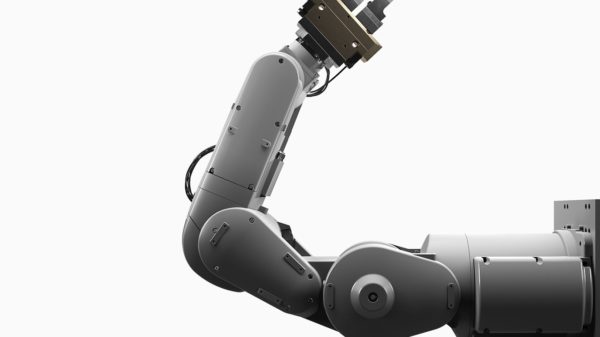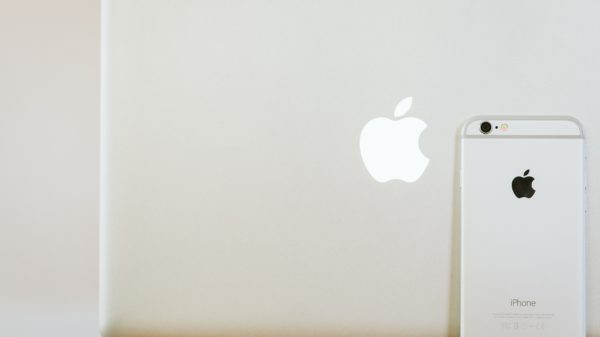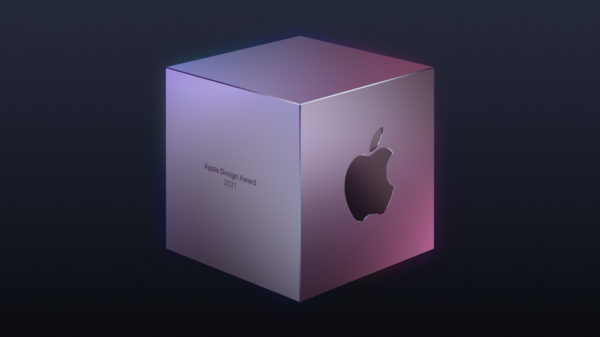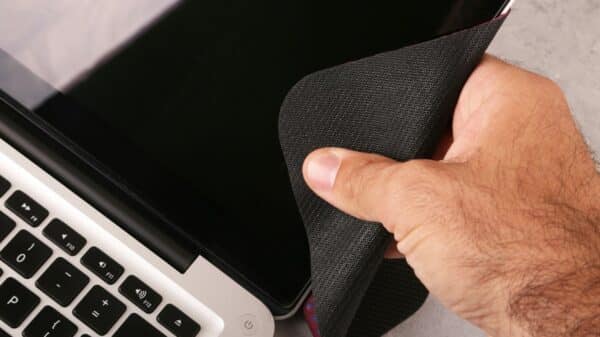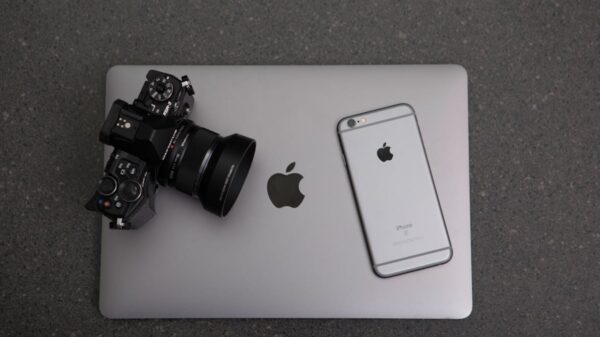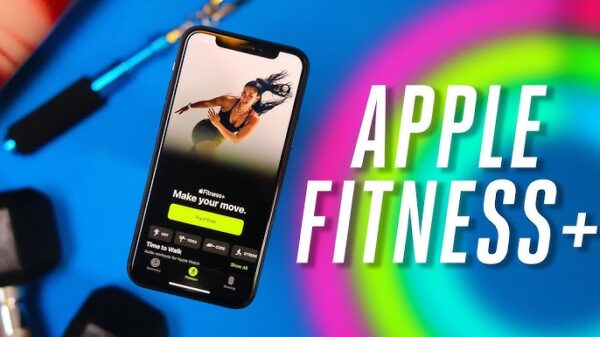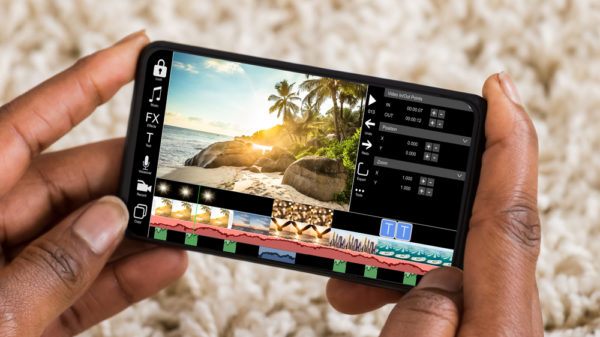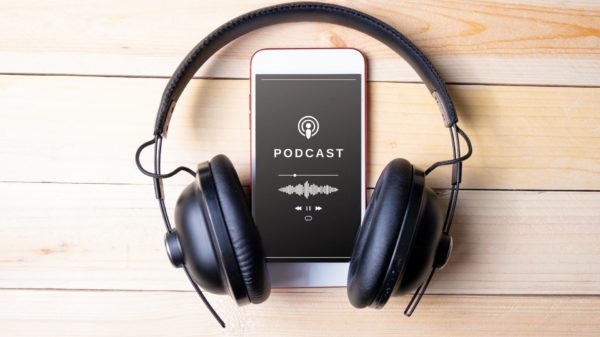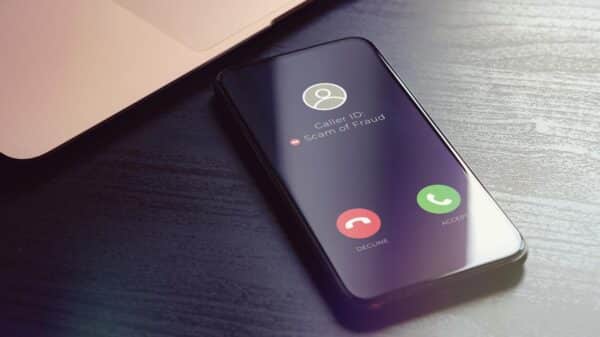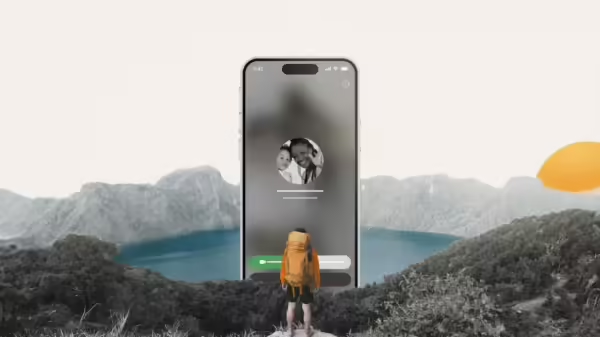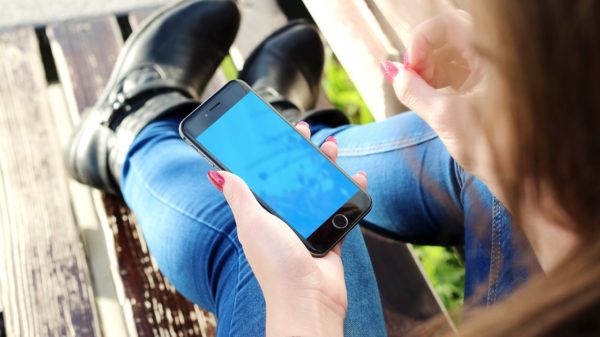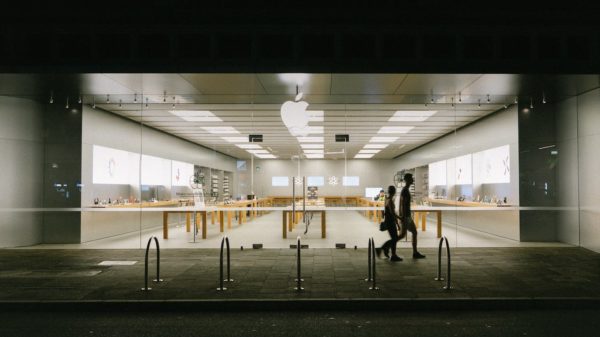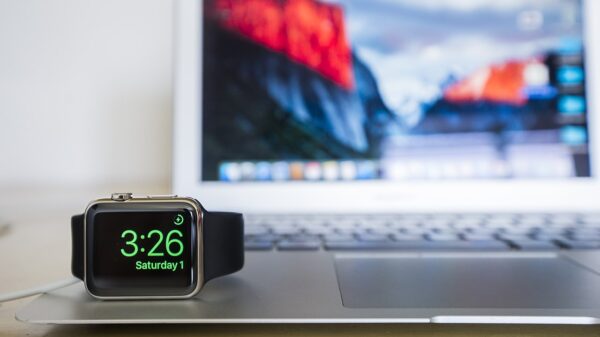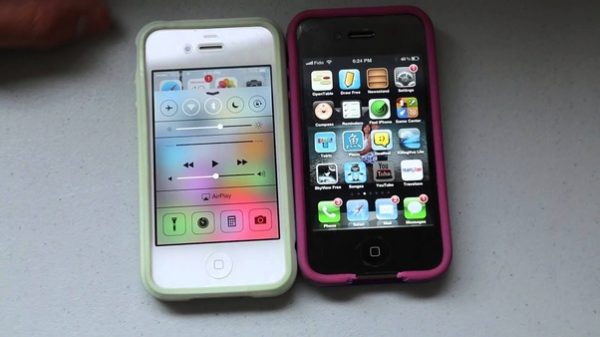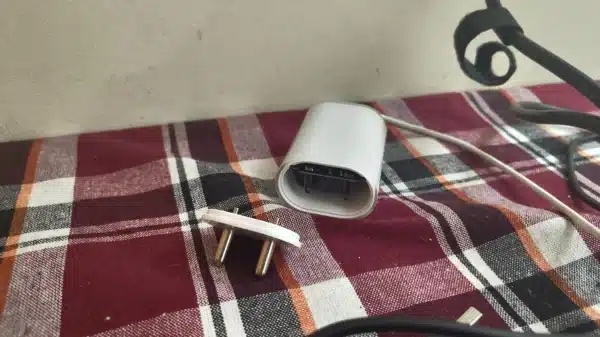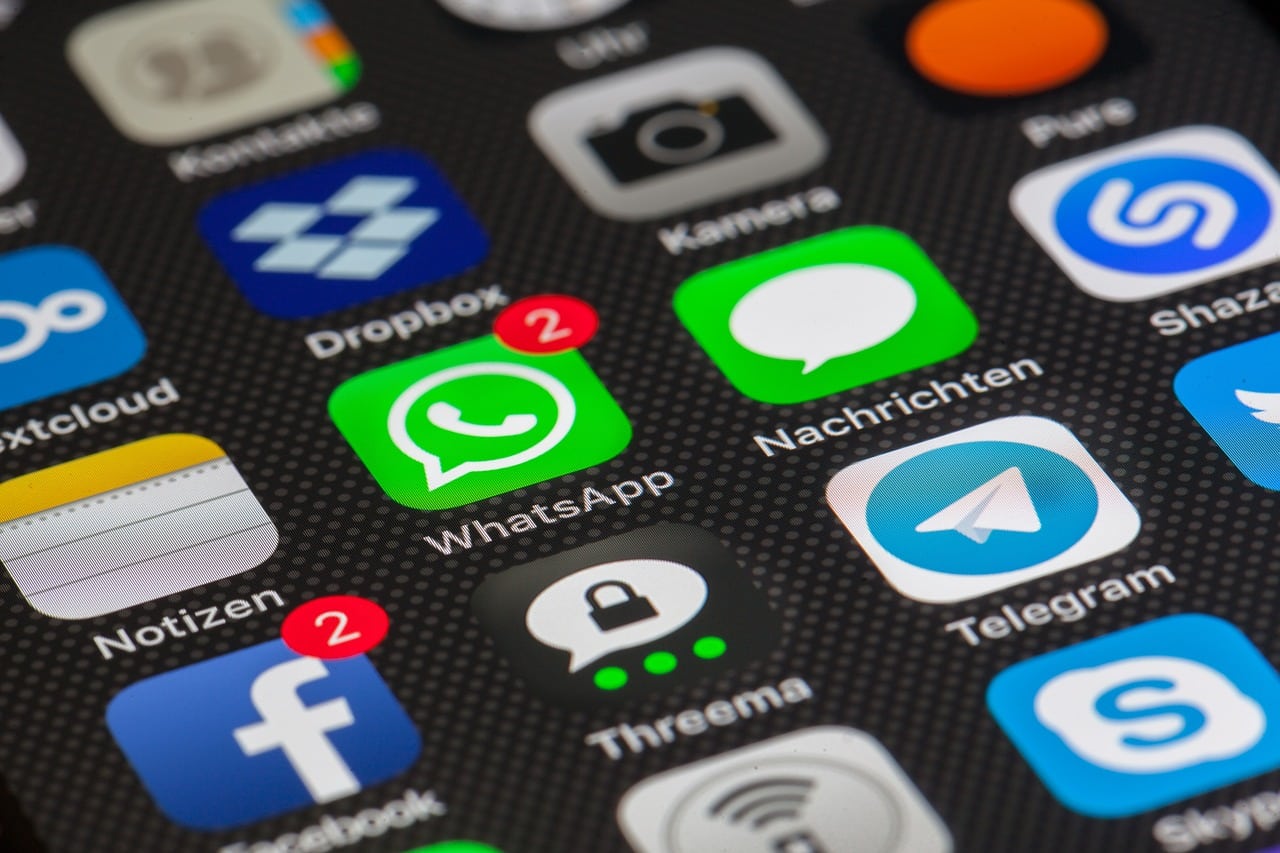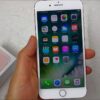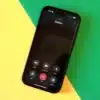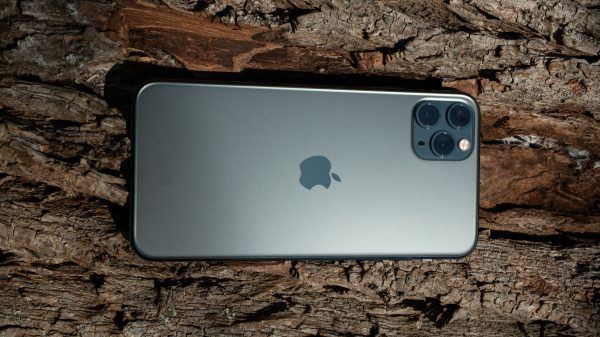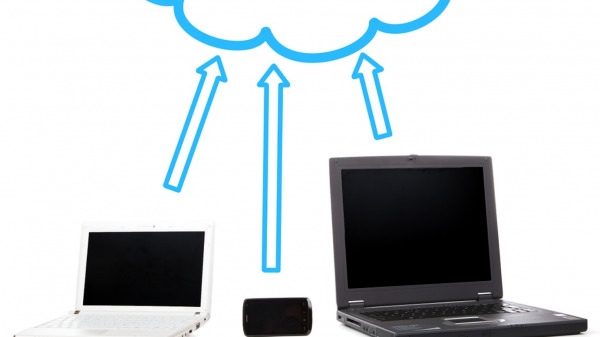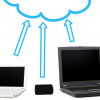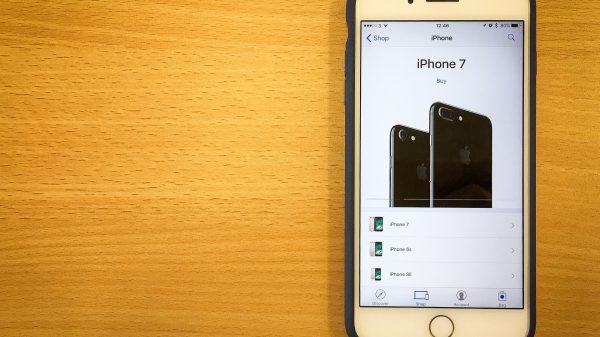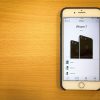In the age where streaming content has become the norm, there’s still a significant number of users who prefer to maintain a collection of their own files – be it music, movies, podcasts, or any other media files. This collection may encompass content that is unique, exclusive, or simply personal. Such files are known as local files and are stored directly on your device.
For Apple users, these local files can be enjoyed on their iPhones. However, handling these files can sometimes be complex due to Apple’s specific system requirements and capabilities. Hence, it is essential for iPhone users to understand how to play local files on their devices effectively.
Preparing Your Local Files
Before playing your local files on an iPhone, there are a few steps that should be undertaken to ensure a smooth playback.
Sorting Your File Type
It’s important to understand what kind of files you are dealing with. Local files can be of various types – audio, video, image, document or any other format. The method to synchronize these files onto your iPhone may vary depending on their type.
Checking File Compatibility with iPhone
Not all file formats are supported by the iPhone. The iPhone’s native Music and Video apps majorly support formats such as MP3, AAC, WAV for audio files and MP4, MOV, M4V for video files. Therefore, before you start, you need to ensure your files are in a compatible format.
Converting Files Format If Necessary
If your files are not in a suitable format, you would need to convert them. Various software tools can facilitate this conversion, some of which are even free to use.
How to Play Local Audio Files on iPhone
Playing audio files on your iPhone can be accomplished in several ways.
Navigating Through the Music App
The native Music app on your iPhone is the primary access point for your audio files. It organizes all your audio content on your device and iCloud.
Steps to Import Audio Files Into Your iTunes Library
Begin with importing your files to iTunes on your desktop. To do this, launch iTunes, go to ‘File’ > ‘Add to Library’, and select the desired files on your computer.
Syncing Local Audio Files from iTunes to iPhone
Once your files are in the iTunes library, connect your iPhone to the computer. Select your device in iTunes, go to the ‘Music’ tab, and choose to sync entire music library or selected playlists, artists, albums, and genres.
Using Third-Party Apps to Play Local Audio Files
There are numerous third-party apps available on the App Store that can play audio files, including VLC, VOX, or Documents by Readdle. You can import your local files to these apps through file sharing, Wi-Fi transfer, or cloud services.
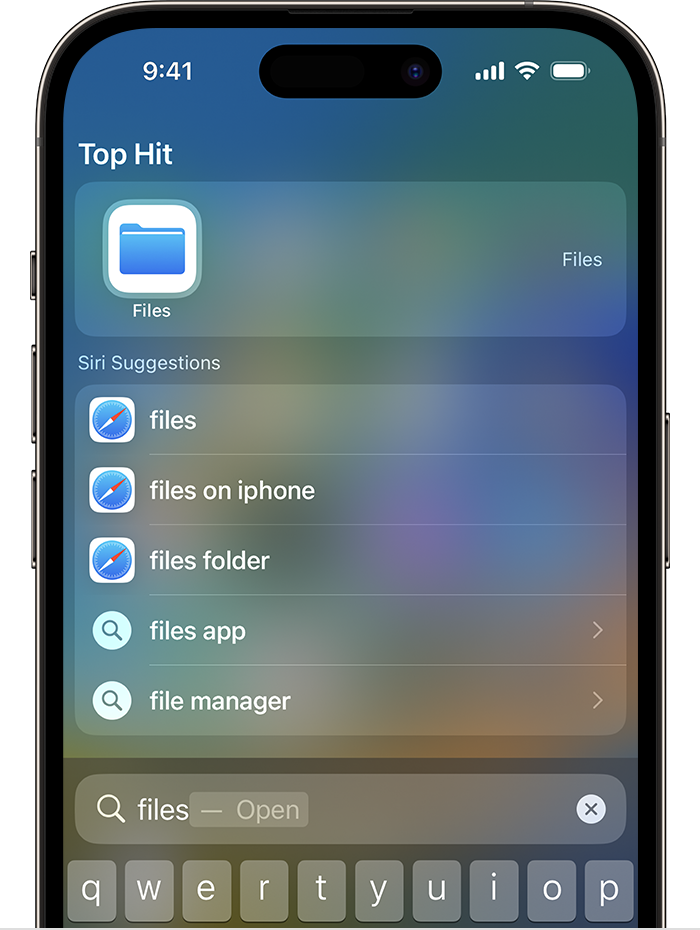
How to Play Local Video Files on iPhone
Similarly, there are several methods to play your local video files on iPhone.
Role of the Videos App on iPhone
The Videos app, also known as Apple TV, is where all your synced movies, TV shows, and home videos reside.
Steps to Import Video Files Into Your iTunes Library
The process is similar to importing audio files – launch iTunes, go to ‘File’ > ‘Add to Library’, and select the desired video files on your computer.
Syncing Local Video Files from iTunes to iPhone
Under the ‘Movies’ or ‘TV Shows’ tab in your device’s settings in iTunes, select the videos you want to sync.
Using Third-Party Apps to Play Local Video Files
Third-party apps like VLC or Infuse can also play your local video files. They can be loaded via file sharing, Wi-Fi transfer, or cloud services.
Additional Tips and Tricks to Play Local Files on iPhone
There are some other ways to play local files more conveniently on your iPhone.
How to Play Files Through AirPlay or Bluetooth
AirPlay allows you to stream your audio or video files to an Apple TV or a compatible AirPlay speaker. Similarly, Bluetooth can connect your iPhone to a Bluetooth speaker or a device.
Maximizing Convenience Using Apple’s iCloud
Using iCloud, you can access all your iTunes purchases and iCloud Music Library on all your devices. Moreover, with iCloud Drive, you can store documents, images, and other files and access them from any device.
Troubleshooting Common Issues
At times, you may face some obstacles when dealing with local files on your iPhone.
Dealing with Incompatible File Formats
If your files won’t play due to incompatible formats, converting them to a compatible format would resolve the issue.
Resolving Issues of Local Files Not Showing on iPhone
Sometimes, your synced files may not appear on your iPhone. In such cases, check your sync settings in iTunes and try re-syncing your files.
Fixing Problems Related to Syncing with iTunes
If you face issues while syncing with iTunes, ensure you have the latest version of iTunes, try a different USB cable, or restart your device and computer.
Overcoming Issues Related to Third-Party Applications
For issues with third-party apps, check if the app is up-to-date, reinstall the app, or contact the app’s support.

Conclusion
Playing local files on your iPhone can truly enhance your user experience, making it worthwhile to learn the process. Remember, it all starts with preparing your files, understanding how to use native apps and iTunes on your computer to sync them to your iPhone, and being aware of third-party apps that can offer more flexibility.
The iPhone offers a spectrum of functions and possibilities, and harnessing these functionalities can elevate your iPhone experience. We hope this comprehensive guide empowers you to make the most of your local files on your iPhone, enabling limitless possibilities of enjoyment and productivity.

